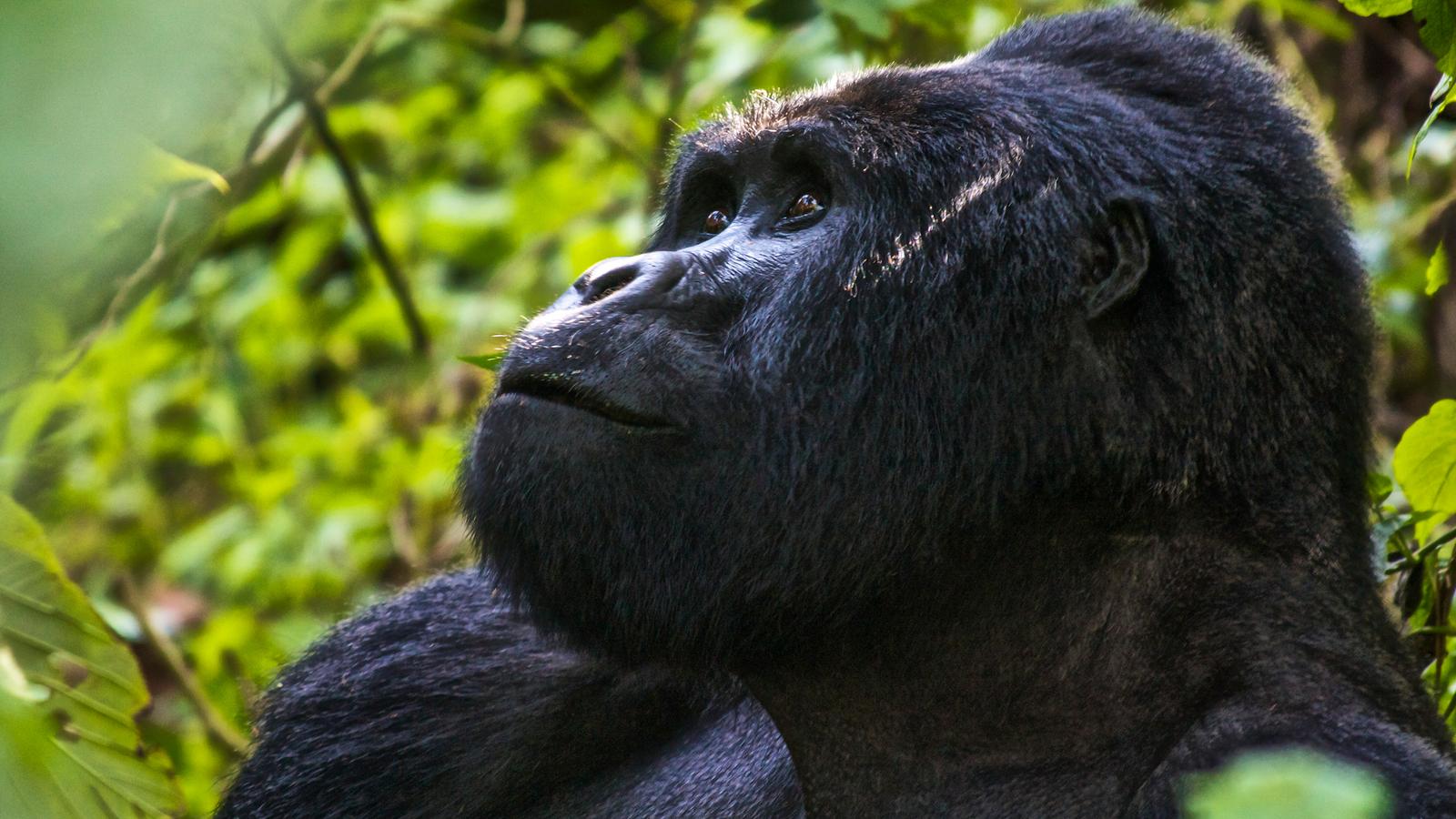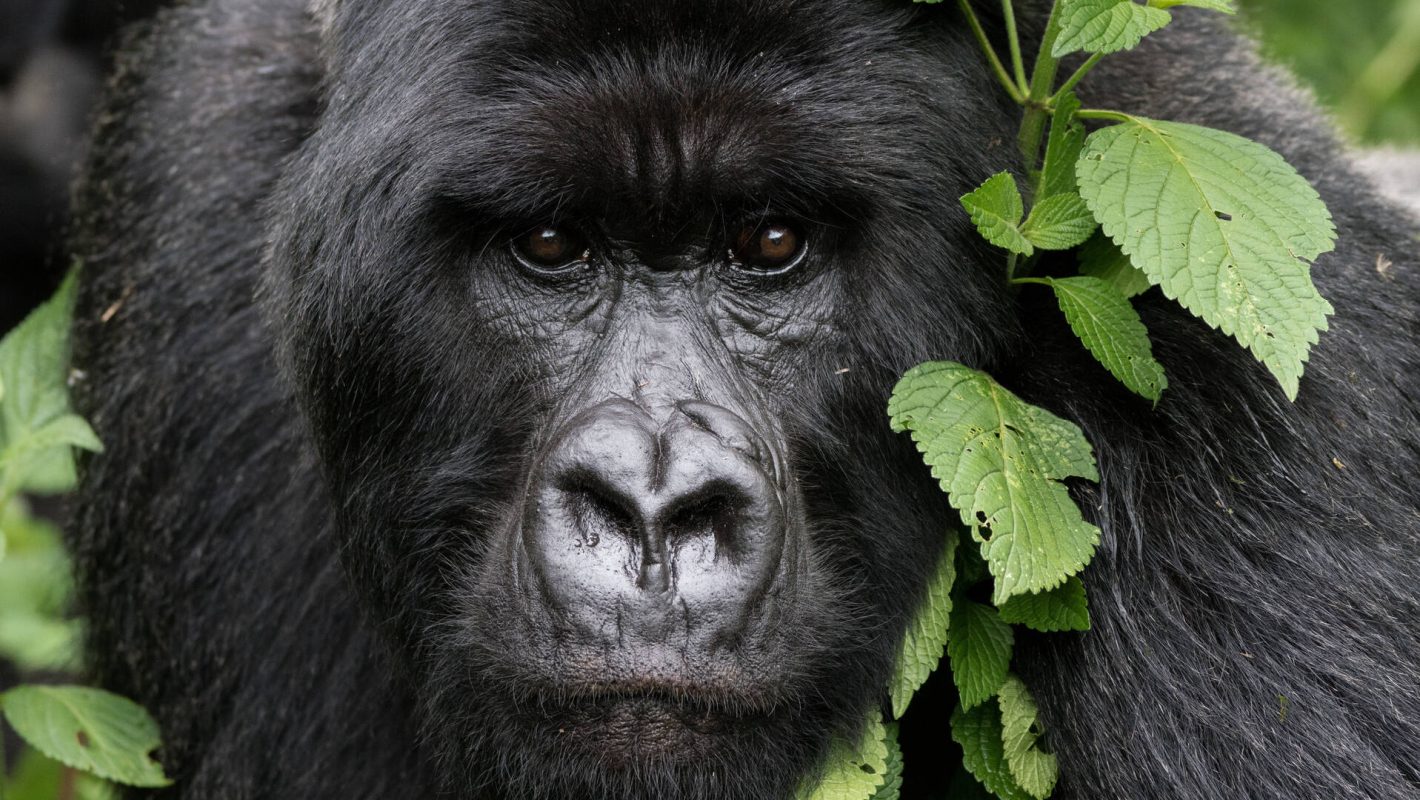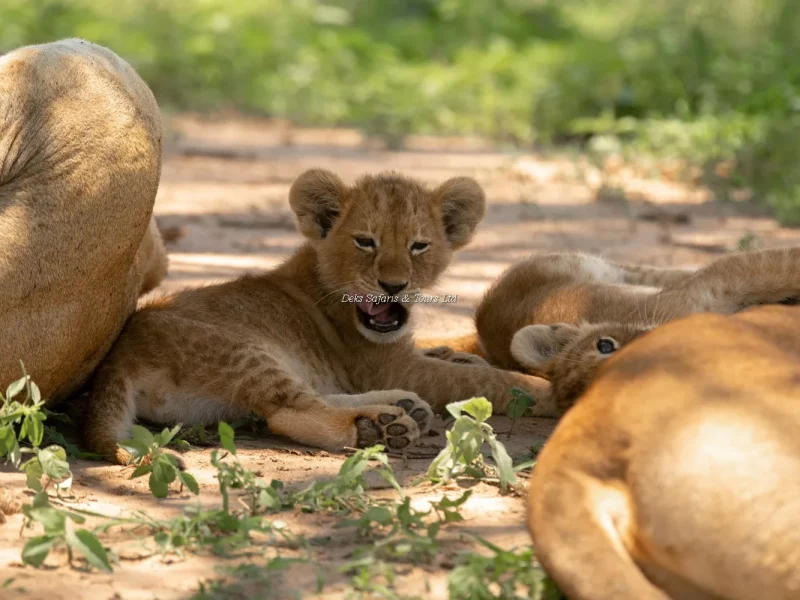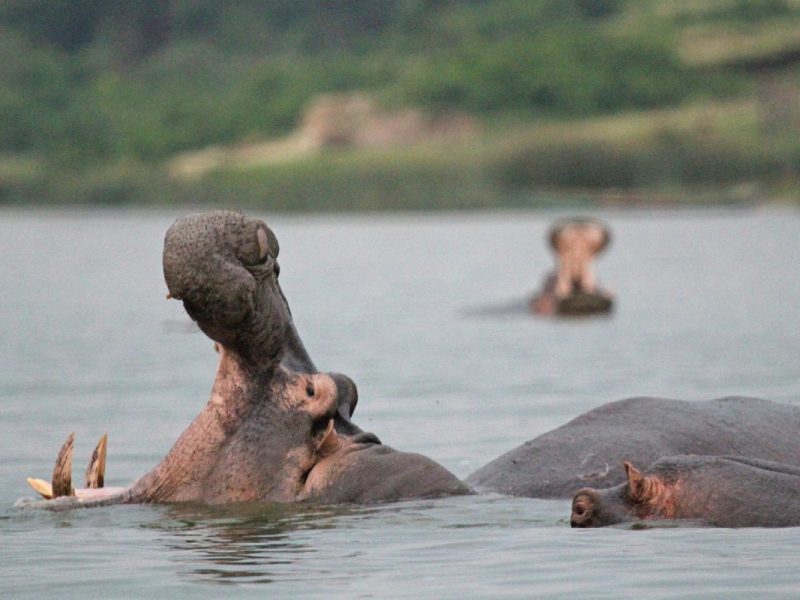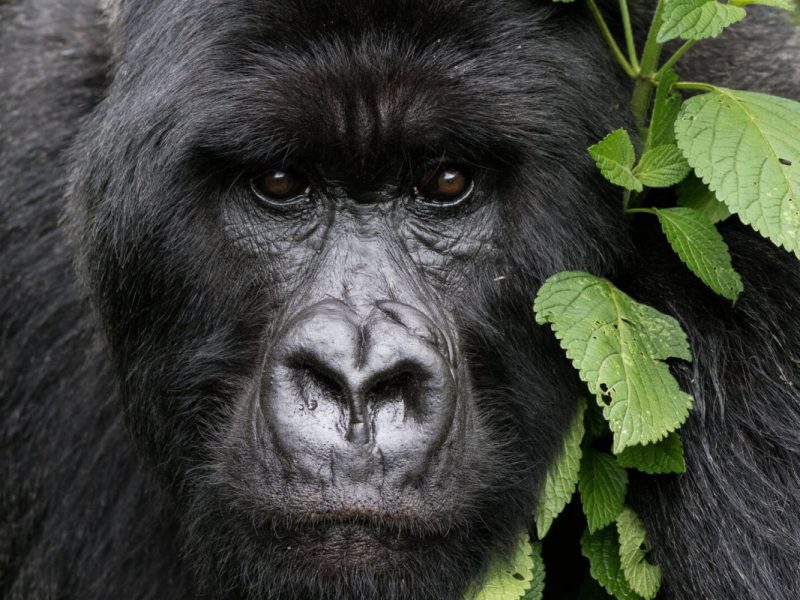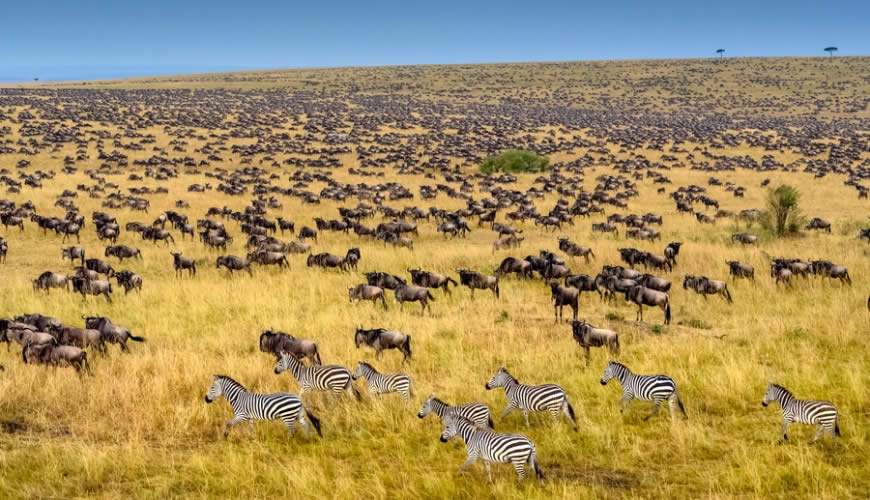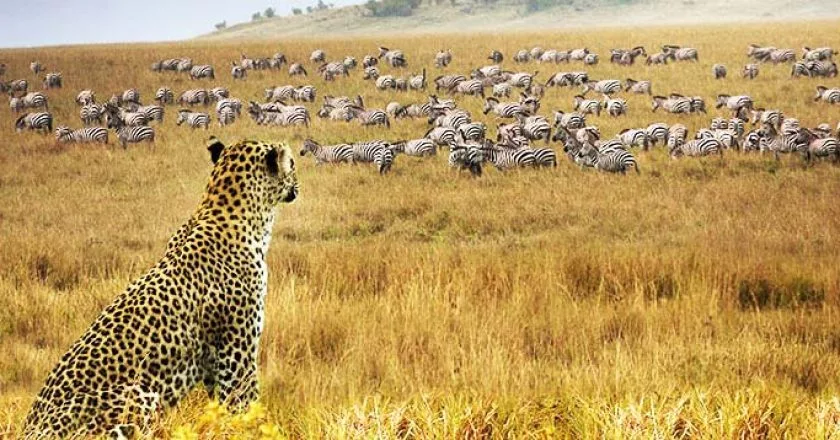Chimpanzee Trekking in Ngamba Island
January 25, 2022How Do Mountain Gorillas Communicate?
September 13, 2022How Long Does is Gorilla Trekking Tour in Africa? It’s Difficult?
Before tourists book a gorilla trekking to Africa in Uganda, Congo, and Rwanda, the most important questions about their physical needs are:
How difficult is the gorilla trekking in Africa?
Am I strong enough to hike with gorillas?
How Long Does Gorilla Trekking Last?
What is the Best Time for Gorilla Trekking in Africa?
Where can I See Gorillas in Africa?
Where to go for Gorilla Trekking in Africa?
How much does gorilla trekking in Africa Cost?
Do you get Tired After Gorilla Trekking?
Gorilla Trekking Is a Great Exercise for People of All Fitness Levels.
However, some trekking and hiking trails can be more difficult than others. Before attempting a trekking or gorilla trail, it is important to know your fitness level. If you’re not feeling well, you can still enjoy the trek, but it’s a good idea to stick to the easier trails. Bwindi Impenetrable National Park in Uganda and Volcanoes National Park in Rwanda have a variety of gorilla trekking trails, so there should be one to suit your fitness level.
How Difficult Is the Gorilla Trekking in Africa?
- If you are considering a gorilla trekking trip in Africa, it is important to make sure you are physically ready for the challenge.
- Most healthy people generally have no problem completing their journey, but there are a few things to keep in mind.
- Highlands
- First of all, the higher the altitude, the thinner the air is than before. This can put a strain on your lungs, so it’s important to do this slowly and steadily.
- Ground
- Secondly, the terrain of Bwindi Impenetrable National Park is quite mountainous and densely populated with vegetation, which requires some durability.
Good luck
Finally, it is impossible to predict how long your journey will take. Some groups interact with the gorilla within 45 minutes, while others may walk for more than 6 hours before seeing anything. So as long as you are aware of these challenges and have a basic fitness level, that’s okay. enjoying!
How long is Gorilla Trekking in Africa?
The gorilla trekking process lasts on average from 1 to 6 hours. It depends on when and where the gorilla family was last seen. This includes the time from the start of the trek point to gorilla watching and back to the meeting point in the national park.
Gorilla Trek lasts 1-6 hours. Restoration of the gorilla experience takes a minimum of 5 hours. (Including return flights)
Will, I Get Tired If I Get Tired or Injured During Gorilla Trekking in Africa?
By booking in advance, you can arrange porters, crowbars, walking sticks, or join other groups on a short, easy excursion. Carrying a pet carrier in a sedan chair is beneficial for those who need it, even if the price of the excursion increases. Dry season trekking can also be considered for those worried about difficult terrain as the terrain can get muddy during the rainy seasons of June-September and December-February.
Am I strong enough to Go for Gorilla Trekking in Africa?
With moderate fitness, you can successfully tackle most of the gorilla trekking and hiking trails. However, if you are just starting to train regularly, it is a good idea to increase your fitness before attempting long or strenuous routes.
If you are very healthy, you can tackle almost any trekking or hiking route. However, it’s a good idea to go through the path before trying it to make sure it’s within your capabilities. Regardless of your fitness level, trekking and hiking are great ways to get some exercise and fresh air. So, get out there and explore the world!
What To Do to Stay Healthy Before the Gorilla Trekking in Africa?
Increase the intensity of your workout
As the walking time approaches, it is advisable to gradually increase the intensity and duration of the trekking and walking exercises. This prevents injuries and physically prepares you for the needs of the truck.
Increased cardiovascular activity
Aerobic exercises such as running, cycling, and swimming are great for improving overall fitness. Strength training such as sit-ups and weight lifting can help you build strength. Stretching exercises such as yoga and Pilates can increase flexibility and are useful for trekking and hiking.
Choose an easier trip if possible
Uganda and Rwanda have many gorilla trekking and trekking trails, so you should have the right trail for your fitness level. Regardless of your fitness level, trekking and hiking are great ways to get some exercise and fresh air. So, get out there and explore the world!
How to Prepare for A Gorilla Trekking Tour to Africa?
It is very important to be physically prepared before going for a walk. This means not only that you have the right equipment, but also that you are in good shape.
Here are some tips for preparing a gorilla trekking trip to Africa.
- Get the right equipment. Make sure you have the right clothes and shoes for your hiking conditions. You will also need a backpack, water, and light meals.
- You are in good physical shape. Walking can be a daunting task, so it’s important to be in good shape before attempting a walk. Start with basic exercises like walking and jogging to get your body used to the activity.
- Know your limits. Try not to rush with your energy. If you’re not sure, start with a simple excursion and move on to something more rewarding.
- Listen to your body. If you start feeling tired or sore, take a break. While walking, it is important to rest and drink plenty of fluids.
- Prepare for emergencies. If you need help, make sure you know how to get help and always carry a first aid kit with you.
- Ground level.
It is important to read the trip notes and familiarize yourself with the terrain covered by the trip. You can also prepare yourself for situations you may encounter by taking several training walks that mimic the situation as much as possible. Also, don’t forget that the hills can be your friend! The more you practice walking uphill, the easier it will be to meet them on a real journey.
If you are concerned about difficult terrain, it is best to hike during the dry season from June to September and from December to February. During the rainy season, the ground becomes very muddy, making walking even more difficult. However, photographers should be aware that rain takes dust from the sky, resulting in brighter images.
Best Selling Uganda Gorilla Tours to Bwindi
-
10 Days Uganda Birding & Wildlife Trip
$ 5,796.00


